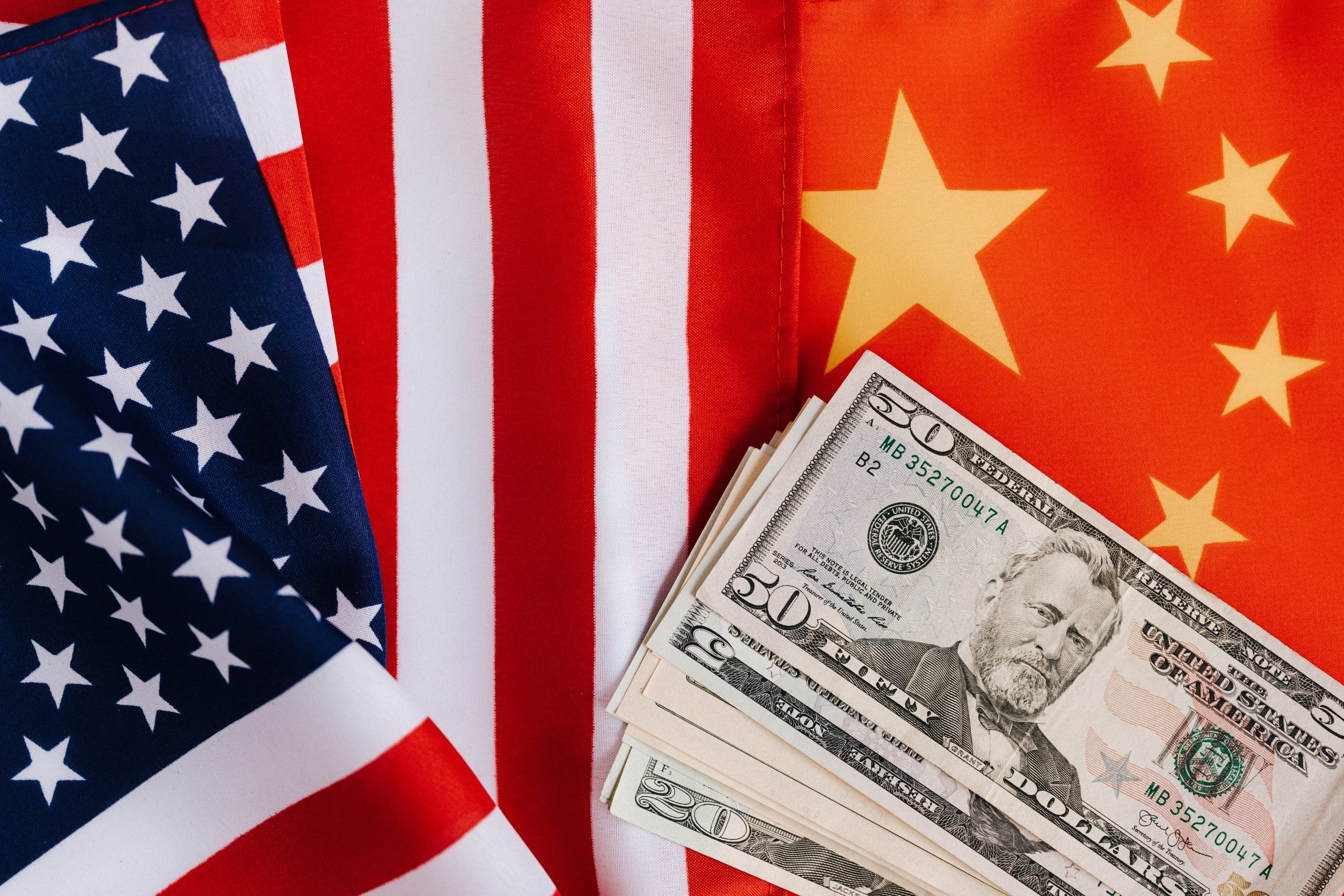China’s Q1 GDP growth has taken the world by surprise, with the country’s economy expanding at a record pace despite the ongoing pandemic. This news has far-reaching implications for both emerging markets and the global economy as a whole. From trade to investment, this development is set to impact everything from commodity prices to consumer spending habits. So what does China’s Q1 GDP growth mean for us all? In this blog post, we’ll explore its significance and potential ramifications in detail.
China’s Q1 GDP growth
China’s Q1 GDP growth has been nothing short of extraordinary. Despite the pandemic and global economic uncertainty, China’s economy expanded by a whopping 18.3% in the first quarter of 2021! This is higher than anyone expected and represents a remarkable turnaround from the contraction experienced during the same period last year.
The impressive growth was fueled by strong exports, robust manufacturing activity, as well as government stimulus measures aimed at boosting domestic demand. The data suggests that China has emerged from the pandemic stronger than ever before and is set to play an increasingly important role in global economic affairs.
However, this rapid expansion hasn’t come without risks. China continues to grapple with structural challenges such as rising debt levels, overcapacity in certain industries, and environmental degradation. Moreover, tensions with other countries over trade issues remain unresolved.
Despite these challenges, there can be no doubt that China’s Q1 GDP growth is a significant development for both emerging markets and the wider world economy alike.
What this means for emerging markets
China’s Q1 GDP growth has significant implications for emerging markets. For starters, it could engender a wave of optimism and confidence amongst investors who are looking at the region with renewed interest. China is a major trading partner with many countries in Asia, Africa, and Latin America, meaning that any positive economic indicators in the country can have far-reaching impacts on other economies.
The strong performance signals improved demand for commodities such as oil, copper, and iron ore from producers in developing nations. This market-driven strengthening of commodity prices will undoubtedly benefit several emerging economies whose fortunes are closely tied to exports.
Furthermore, increased Chinese consumption levels translate into higher demand for goods and services across various sectors such as technology hardware and software products or consumer durables like automobiles – which can create new business opportunities for firms operating within those industries.
Robust growth figures from China should be seen as good news by policymakers across emerging markets looking to stimulate their own economies through investment projects aimed at infrastructure upgrades or expansion programs targeting new export markets.
What this means for the global economy
China’s Q1 GDP growth has significant implications for the global economy. As one of the world’s largest economies, China’s economic performance can have a ripple effect on other countries and markets worldwide.
One potential impact is through trade. China is a major trading partner with many countries around the globe. An increase in Chinese economic activity could result in increased demand for exports from other countries and potentially boost their economies as well.
Another potential implication is through investment. Some investors may view China’s strong GDP growth as an opportunity to invest in Chinese companies or industries, which could also benefit those markets.
However, there are also concerns about how this growth will affect global inflation rates and interest rates. If China continues to grow rapidly, it may put pressure on these rates to rise globally, potentially impacting borrowing costs and financial stability.
While there are both positive and negative potential impacts of China’s Q1 GDP growth on the global economy, it is clear that developments in China will continue to be closely watched by economists and policymakers alike.
The potential implications of this news
The news of China’s Q1 GDP growth has potential implications for various aspects, including trade relations and global economic stability. One of the most significant implications is related to emerging markets. As China continues to grow at a steady pace, it will bolster other developing economies in Asia and beyond.
This could result in increased investment opportunities for these countries as more businesses try to tap into their growing consumer markets. However, it may also lead to greater competition between emerging market economies that are vying for similar investments.
Another implication is how this news affects global economic stability. China has been a driving force behind much of the world’s recent economic growth, so any changes or shifts in their economy can have ripple effects around the globe. The fact that they continue to experience positive growth despite ongoing concerns over trade tensions with the US sends a reassuring signal about future prospects.
However, there are still risks associated with rising debt levels and potential asset bubbles within China’s financial system that could destabilize not just its own economy but those around the world as well.
While there are certainly reasons for optimism regarding China’s Q1 GDP growth figures, it’s important to recognize both the opportunities and challenges presented by these developments moving forward.
Conclusion
China’s Q1 GDP growth has far-reaching implications for not only the emerging markets but also the global economy. The significant rebound in economic activity is a positive sign and indicates that China may be able to achieve its annual target of 6% growth. This news provides much-needed hope for economies around the world as they continue to grapple with the effects of the pandemic.
However, it is important to note that this growth comes at a cost as debt levels have increased significantly. Additionally, there are still uncertainties surrounding trade tensions and geopolitical risks which could hinder future growth prospects.
While China’s Q1 GDP numbers are encouraging, it remains crucial for policymakers to balance short-term stimulus measures with long-term structural reforms in order to ensure sustained and inclusive economic development. Only time will tell how successful these efforts will be in driving sustainable growth both domestically and globally.









